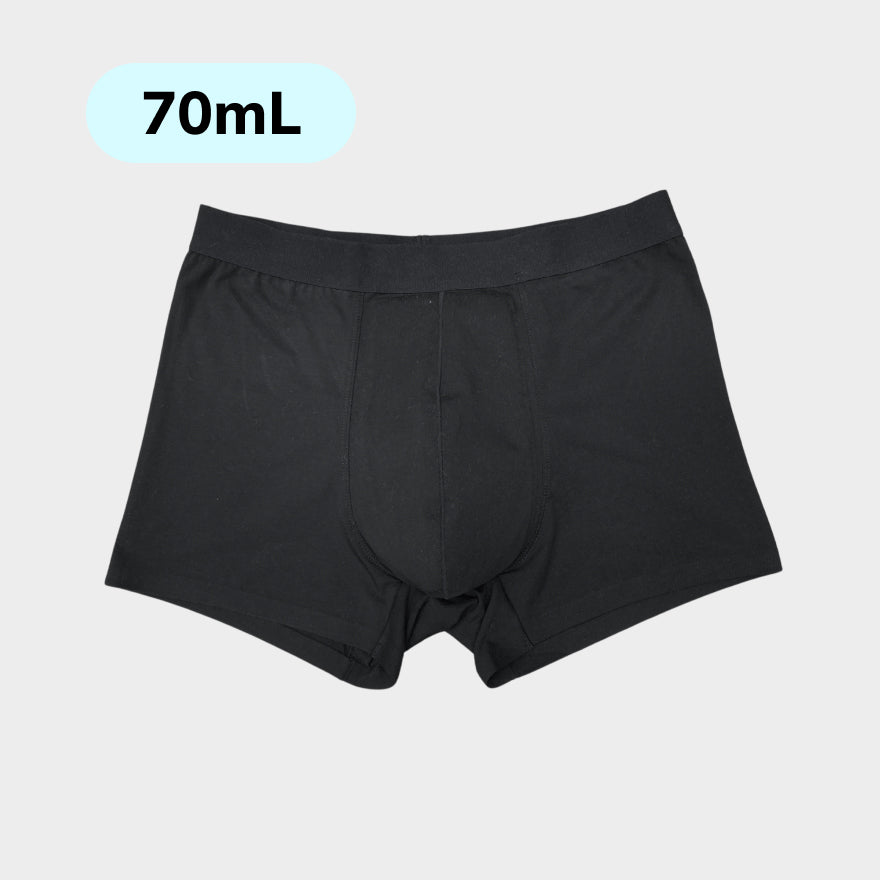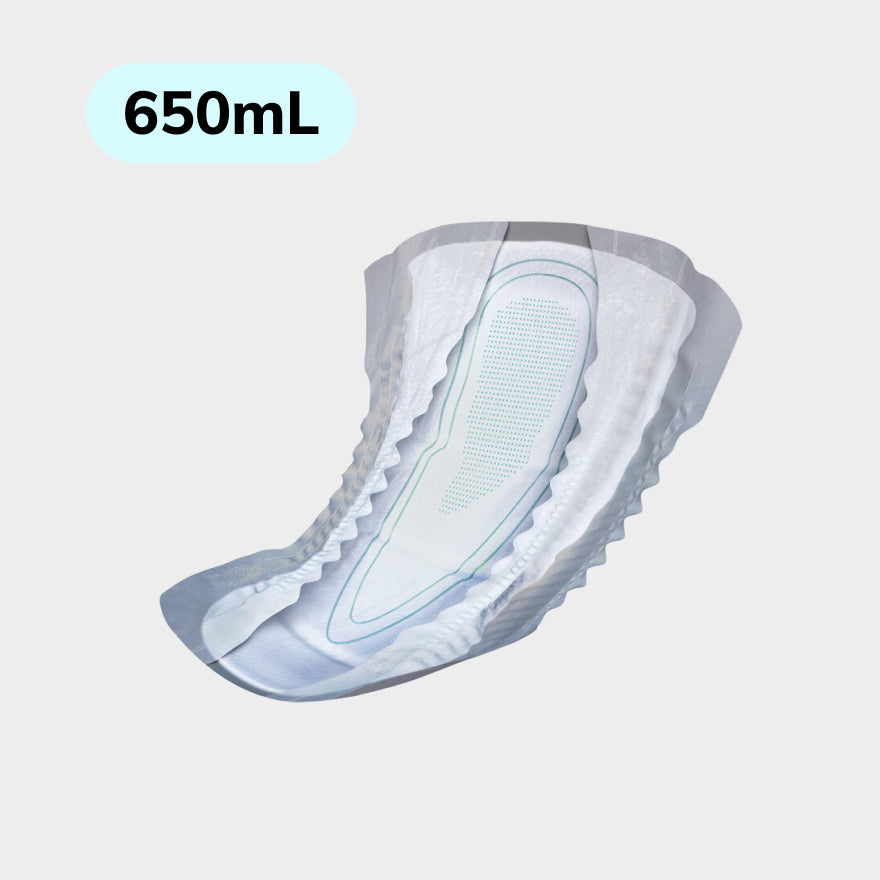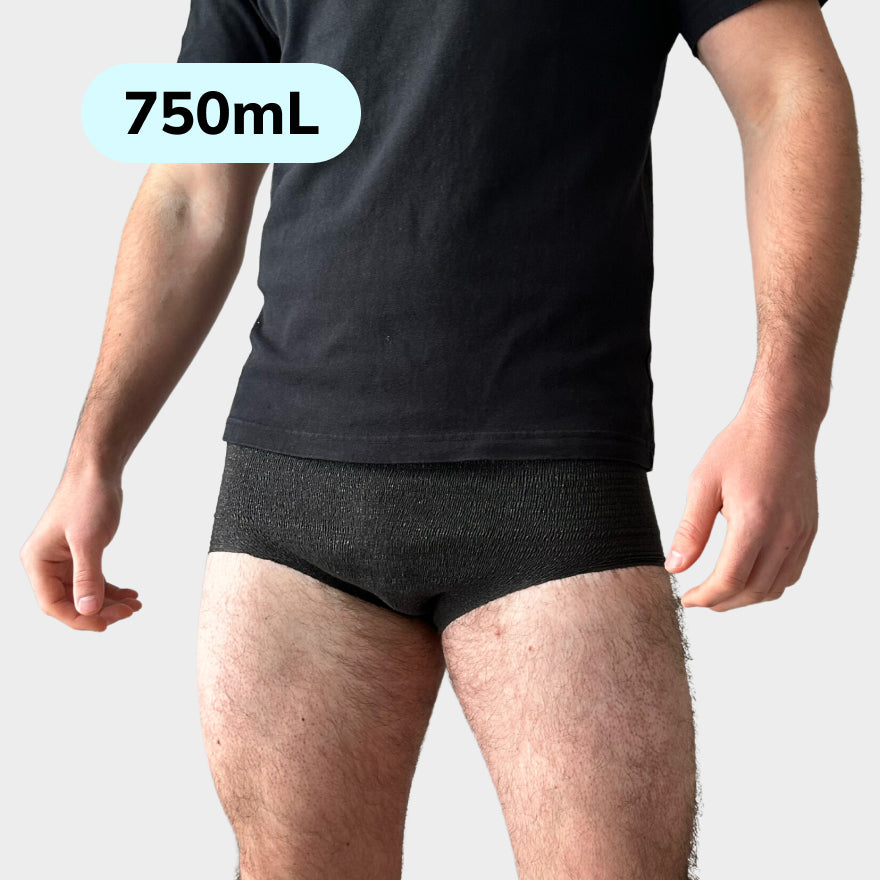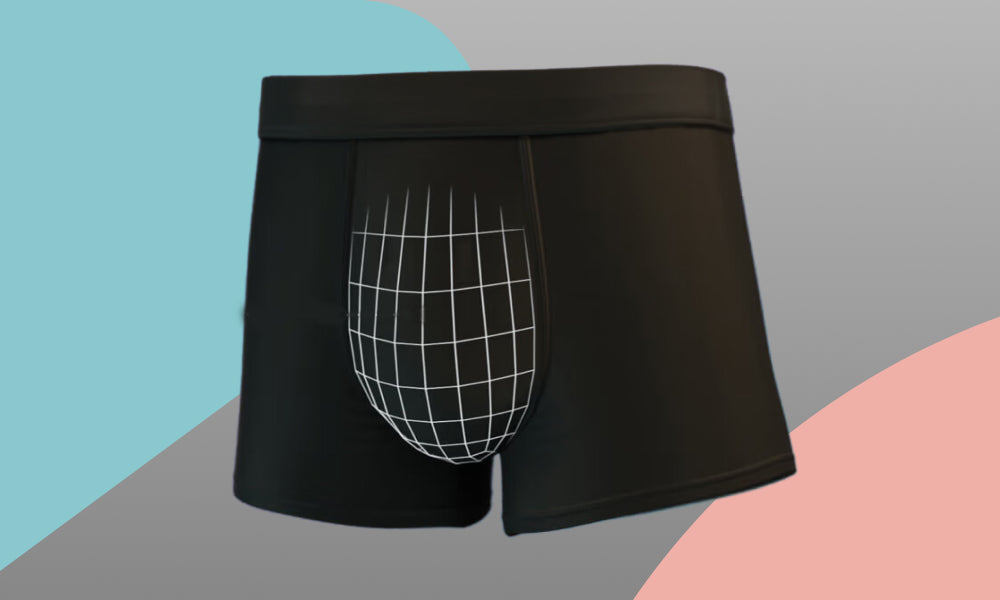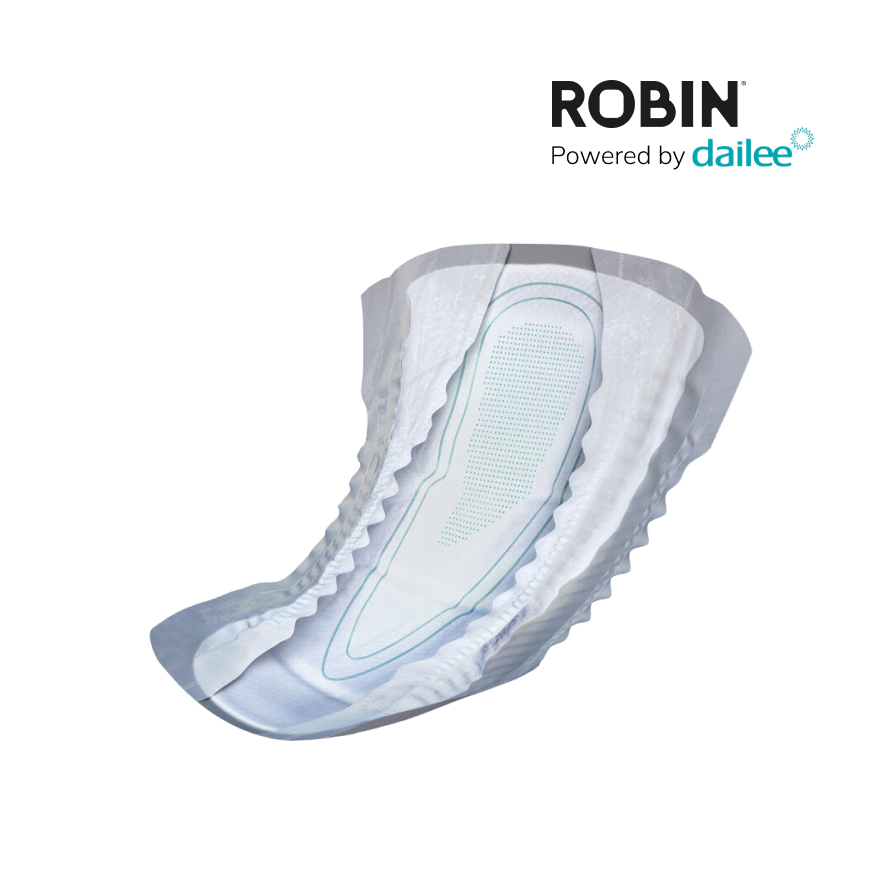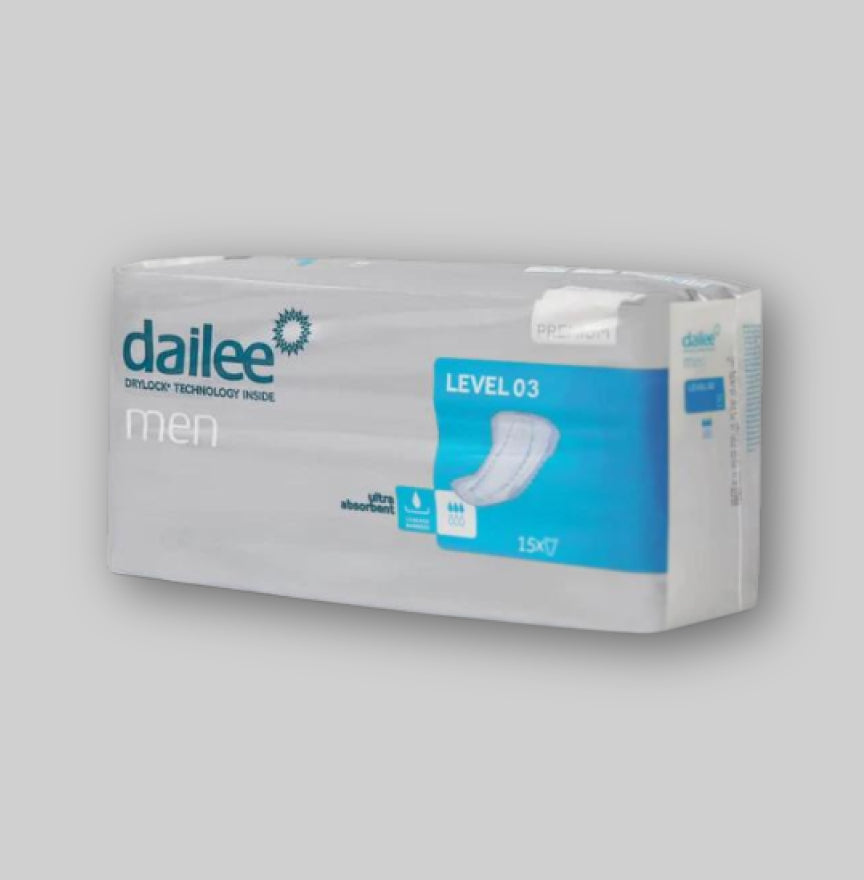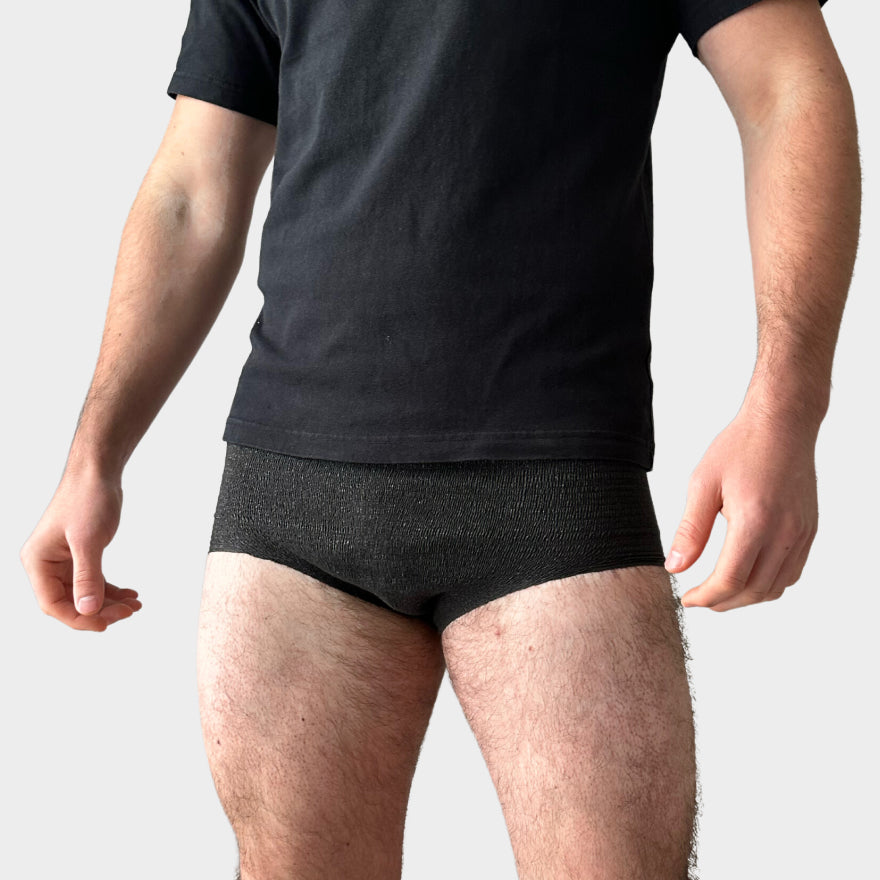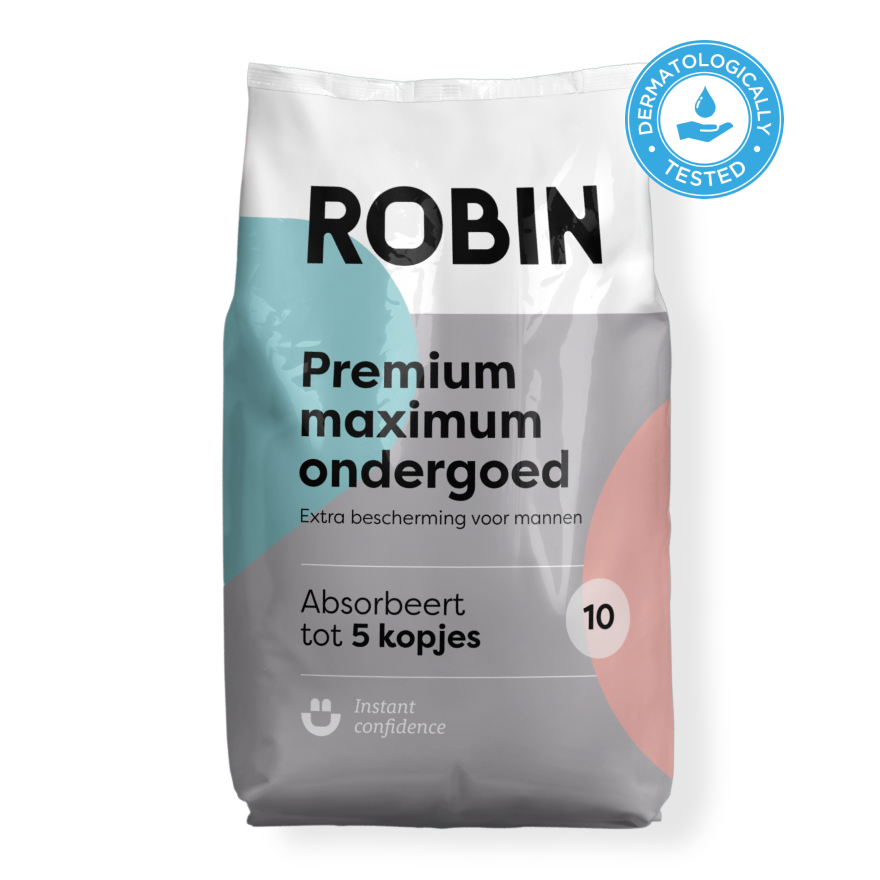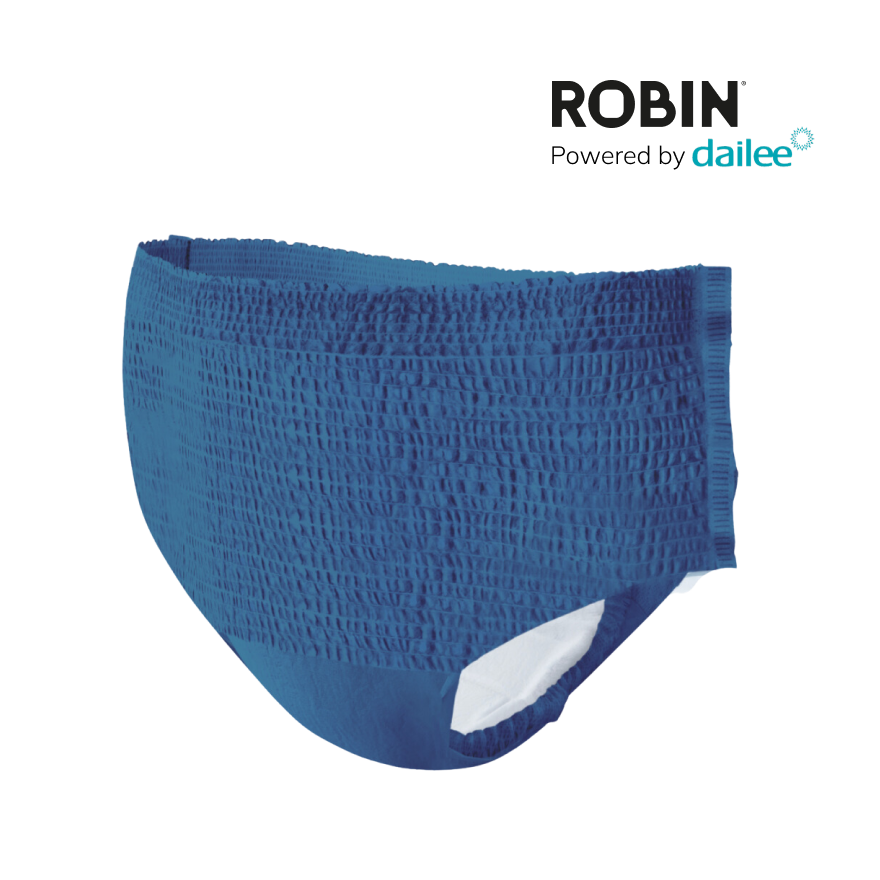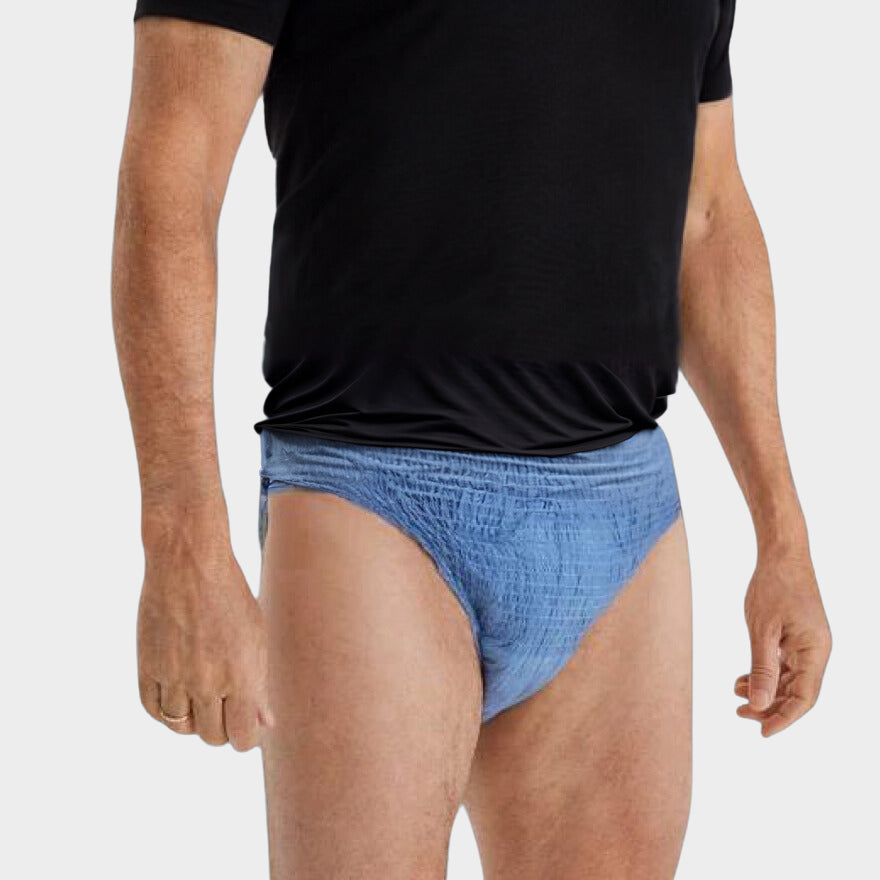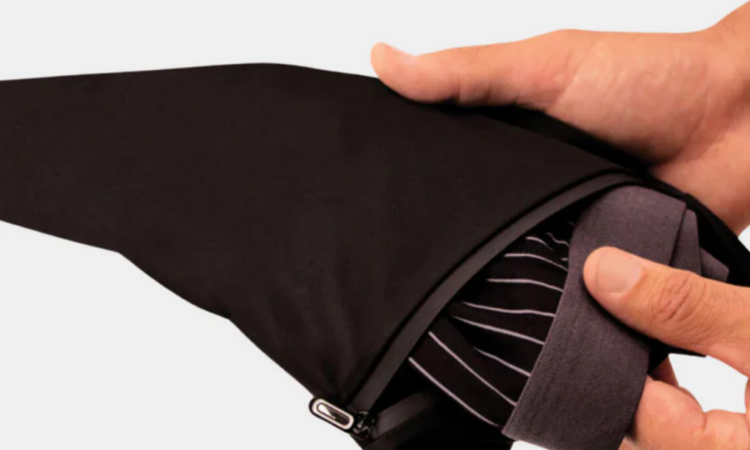After prostate surgery, you may experience incontinence. The duration and nature of this involuntary loss of urine can vary from person to person. This complaint often lasts for several months to a year before disappearing on its own. Fortunately, there are practical aids on the market to reduce your complaints as much as possible, and there are useful exercises to improve the process. This way, you can continue to participate in fun outdoor activities.
Causes of Incontinence After Prostate Surgery
When your pee flows into your bladder, it is held in by two valves (sphincters) that stay closed until your body "tells" them to open when you pee. There is an internal valve and an external valve.
If you have surgery to remove your prostate, the internal urinary valve will need to be removed as part of the prostate surgery. The external urinary valve that you use to let urine out or stop your urine stream still works.
Usually one working valve (the external valve) is enough to control your urine, but this depends on whether your pelvic floor muscles and nerves are also working properly.
On the other hand, radiation for prostate cancer can also affect your sphincter and bladder, because radiation damages and irritates healthy tissue in the area. This can affect how well they function.
How long does incontinence last after prostate surgery?
It is difficult to say exactly how long incontinence lasts after prostate surgery. It varies from person to person. The following factors play a role:
- Your age.
- Your overall health, such as obesity or other medical conditions.
- Typical bladder check (before surgery).
For example, generally healthy people under the age of 60 are much less likely to have long-term urinary incontinence. On the other hand, someone who is 80 is more likely to have bothersome incontinence if they have been treated for prostate cancer. Some people have complete incontinence where they can no longer hold their urine and must use a product such as an underpad or diaper, while others only dribble a little at a time.
The good news is that after treatment, you should gradually have less urine leakage. The average time it takes for most people to regain control of their urination is less than three months.
How is incontinence treated after prostate surgery?
How your healthcare provider treats your incontinence depends largely on how severe your symptoms are and how long they last. It also depends on what type of incontinence you have (stress incontinence, urge incontinence, or both).
If you find that you have mild to moderate bladder leakage after surgery, your urologist or gynecologist may suggest starting noninvasive therapies, such as medications or physical therapy exercises for your pelvic floor muscles. People with bladder leakage that lasts longer than three months or has more severe symptoms may need surgery. Your doctor will usually recommend noninvasive therapies first before recommending surgery.
Underwear for incontinence after prostate surgery
There are different types of incontinence products, such as washable underwear , absorbent pads or incontinence pants . Robin specializes in incontinence products for men after prostate surgery.
How can I strengthen my bladder after prostate surgery?
Pelvic floor strengthening exercises, called Kegels, are often the first treatment for incontinence. Your doctor may recommend Kegels to help improve the functioning of your pelvic floor muscles. Some health care providers combine Kegels with a therapy called biofeedback.
Your pelvic floor muscles are a group of muscles that hold your pelvic organs up like a hammock. They also support healthy bladder and bowel function. If you were born with a prostate, you may not have strengthened your pelvic floor (because you didn’t need to). But if you’ve had your prostate removed, you now have to rely on your pelvic floor muscles. That’s why pelvic floor exercises are so important after prostate removal surgery.
Pelvic floor strengthening works very well for people with mild to moderate urinary incontinence. If your symptoms do not improve, your doctor may recommend additional treatments.
What medications are used for incontinence after prostate surgery?
If you have urge incontinence, certain medications can help. Some of these medications relax your bladder so that it can hold more urine. Others affect the way your brain sends signals to your bladder to tell it is full. Your healthcare provider will discuss with you which medications may work for you and what the possible side effects are.
There are no good medications for the other form of incontinence (stress incontinence).
What surgeries can treat urinary incontinence after prostate removal?
If you have stress incontinence that lasts longer than six months to a year after prostate surgery, your obstetrician or gynecologist may recommend surgery. There are two main types of surgery for urinary incontinence: urethral sling and artificial urinary sphincter (AUS).
Can you prevent incontinence after prostate surgery?
Your surgeon will try to minimize damage to your bladder and sphincter muscles during prostate cancer surgery. Although progress is continually being made, you can still expect at least temporary incontinence after prostate surgery. The exact degree and symptoms you experience will depend on your age and health, the extent of your cancer, and whether you have also undergone radiation or other treatments. You should discuss any concerns about incontinence with your doctor.
When should I call the doctor?
When should I call my health care provider?
Contact your healthcare provider if you experience symptoms of urinary incontinence after prostate surgery. It may be uncomfortable to talk about, but your healthcare provider is there to help you.
